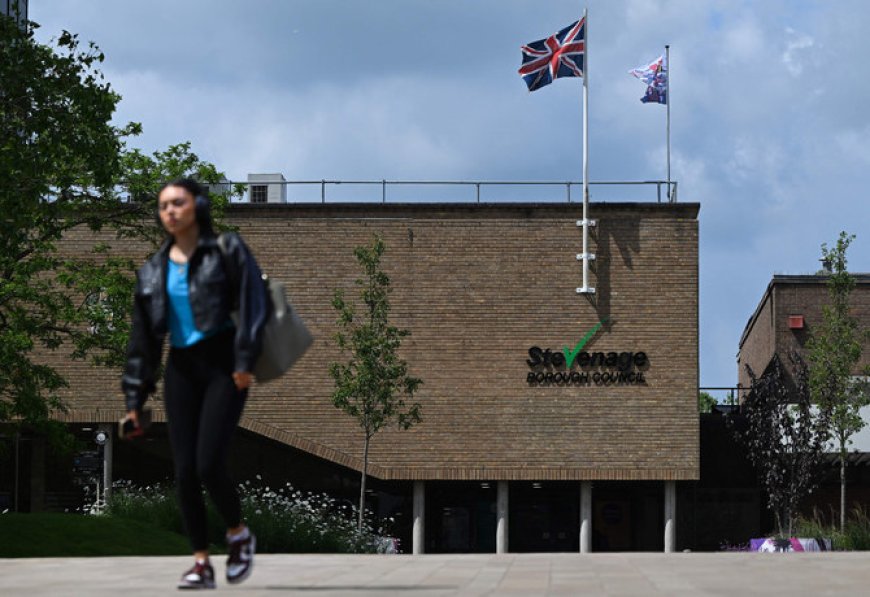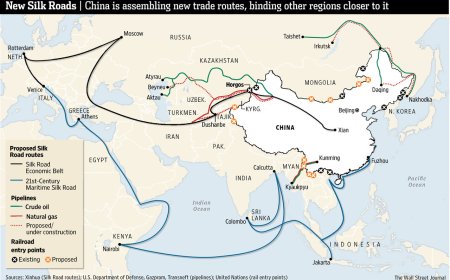UK Opposition Targets 'Stevenage Woman' for Electoral Victory

The UK’s Labour Party, led by Keir Starmer, is strategically focusing on the archetypal “Stevenage woman” as a pivotal voter demographic in the run-up to the general election on July 4th. This demographic, described as a working mother in her early 40s residing in commuter towns like Stevenage, is seen as crucial to securing electoral victory after 14 years of Conservative rule.
Stevenage, with its population of 94,000 and proximity to London, has historically been a bellwether constituency. The town has alternated between Labour and Conservative control, reflecting broader national trends. Currently held by the Conservatives, it is seen as a critical battleground for Labour's campaign.
Labour’s Strategic Focus
Labour strategists believe that women like “Stevenage woman” are essential swing voters. These women are concerned about rising living costs and declining public services, issues that Labour hopes to address convincingly to win their support.
Dr. Philip Cowley, a political expert at Queen Mary University of London, pointed out the challenges of relying on such archetypes. “The UK electorate has become much more fragmented and volatile, making it harder to rely on specific voter categories,” Cowley said.
Voices from Stevenage
Residents of Stevenage have mixed views on the effectiveness of Labour’s focus. Irene, a mother-of-three who works in accounting, expressed skepticism about both major parties. “Keir Starmer doesn’t seem very effective, and I doubt Rishi Sunak understands the average person’s struggles with the cost of living,” she said, indicating she might vote for smaller parties like the Lib Dems or Greens.
Amie Matthews, a 24-year-old mother of two, highlighted housing and education as her primary concerns. She is undecided but will likely choose between Labour and the Conservatives. “Getting a mortgage seems impossible now, and that worries me,” Matthews said.
However, voter apathy remains a significant challenge. Anna Monareng, a 39-year-old dental nurse, said, “I don’t get involved in politics; it’s just more stress, so I don’t vote.” Similarly, Sarahjane Cotton, 33, expressed confusion about the voting process and doubted its impact on her life.
Broader Implications and Historical Context
The “Stevenage woman” strategy follows a historical pattern of targeting specific voter types, such as Tony Blair’s “Mondeo man” in 1997 and Boris Johnson’s “Workington man” in 2019. Jane Green, president of the British Polling Council, noted that while these archetypes can be cartoonish, they help identify crucial swing voters who might decide the election.
As the election approaches, Labour’s focus on winning over the “Stevenage woman” underscores the importance of addressing key voter concerns about living costs and public services. Whether this strategy will propel Keir Starmer to 10 Downing Street remains to be seen, but it highlights the ongoing significance of targeted voter engagement in modern electoral politics.













































